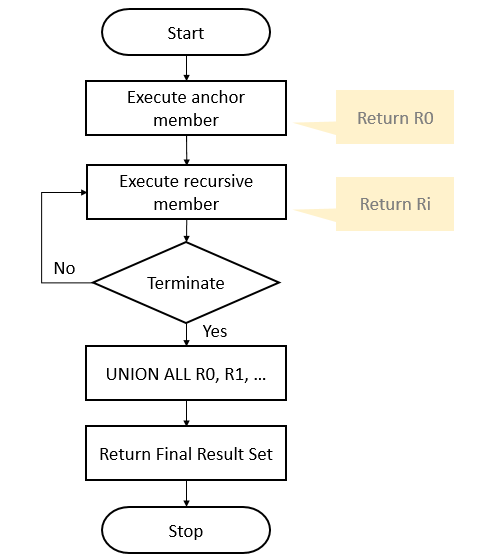第三章 关系数据库标准语言SQL
- SQL概述
- SQL (Structured Query Language), 结构化查询语言,是关系数据库的标准语言
- SQL的特点(了解)
- SQL的动词 (熟记)
- SQL的基本概念
- SQL支持关系数据库三级模式结构
- 学生-课程数据库 (学会使用数据库工具创建表)
- 数据定义 (了解, 数据定义可以通过可视化工具实现, 不需要记忆SQL语句)
- 索引
- B+树,Hash索引的特点
- B+树索引具有动态平衡的优点
- HASH索引具有查找速度快的特点
- B+树,Hash索引的特点
- 索引
- 数据查询 (熟记并理解运用)
- 语句格式
- 单表查询
- 连接查询
- 嵌套查询 (项目开发中使用要注意性能问题)
- IN 与 EXISTS 逻辑的转换
- 数据更新 (熟记, 并理解运用)
- 插入
- 更新
- 删除
- 空值处理
- 理解NULL的含义
- NULL值在SQL中的运用
- 视图 (只需要也了解, 项目实践中使用比较少)
MySQL
通配符 (wildcard)
MySQL provides two wildcard characters for constructing patterns: percentage % and underscore _ .
- The percentage ( % ) wildcard matches any string of zero or more characters.
- The underscore ( _ ) wildcard matches any single character.
相关知识
SQL是不是编程语言?
- Turing Machine
- BrainFxxk 编程语言 https://iot.qlu.edu.cn/brainfxxk
Tower of Hanoi Algorithm:
FUNCTION MoveTower(disk, source, dest, spare):
IF disk == 0, THEN:
move disk from source to dest
ELSE:
MoveTower(disk-1, source, spare, dest)
move disk from source to dest
MoveTower(disk-1, spare, dest, source)
END IF
The following flowchart illustrates the execution of a recursive CTE:

以下代码可以在MySQL8+版本上运行
WITH RECURSIVE temp (n, fact) AS
(SELECT 0, 1 -- Initial Subquery
UNION ALL
SELECT n+1, (n+1)*fact FROM temp -- Recursive Subquery
WHERE n < 9)
SELECT * FROM temp;
+------+--------+
| n | fact |
+------+--------+
| 0 | 1 |
| 1 | 1 |
| 2 | 2 |
| 3 | 6 |
| 4 | 24 |
| 5 | 120 |
| 6 | 720 |
| 7 | 5040 |
| 8 | 40320 |
| 9 | 362880 |
+------+--------+